Difference between NDIS and Disability Support Pension


• The NDIS stands for the National Disability Insurance Scheme.
• The NDIS pays for support and services for people with disability, who are called NDIS participants.
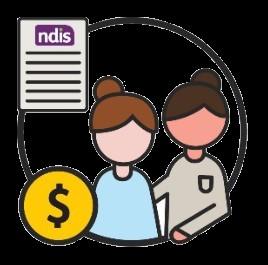
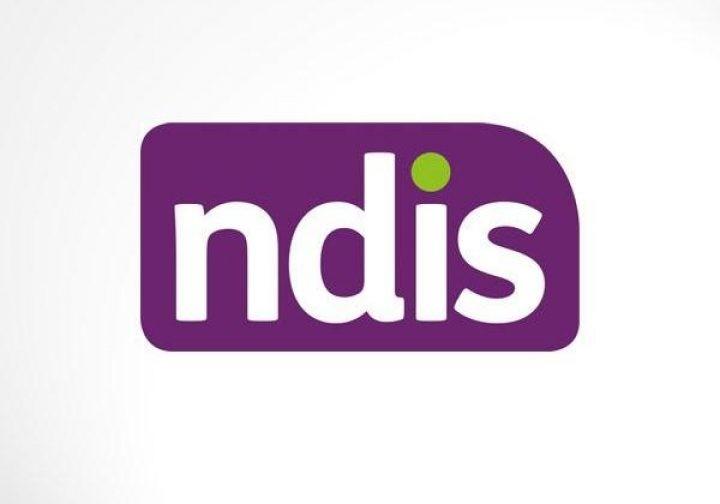
• The NDIS is run by the National Disability Insurance Agency (NDIA).
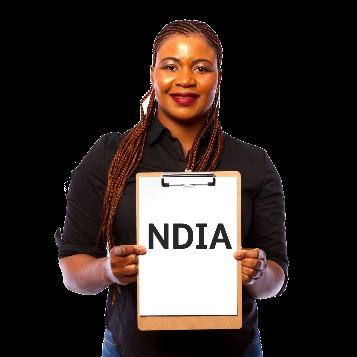

• The Disability Support Pension is an income support payment for people with disability that you can apply to get through Centrelink.


• Centrelink is separate and different to the National Disability Insurance Agency (NDIA).
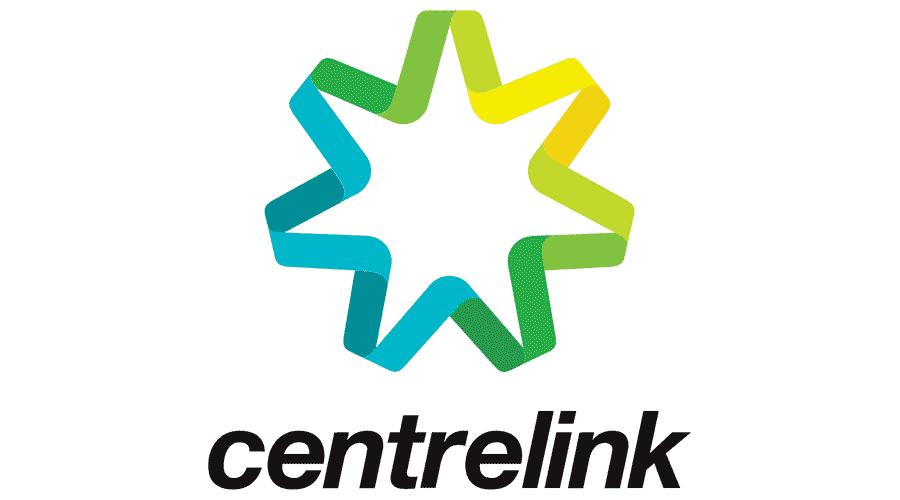

Example of how we help someone with a Disability Support Pension (DSP) Application
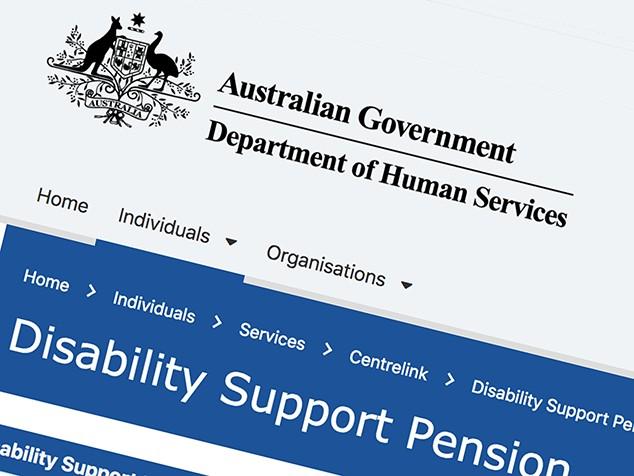



Need Support from GP and Health

Professionals/Specialists

• Make an appointment to see your GP and talk about your intention to apply for the Disability Support Pension (DSP).


• Need your GP/Specialist/health professional to believe you should get the DSP and support you by writing letters of support.
• That way, they will be willing to write a good letter of support that supports the client’s claim for the DSP.
We discuss how to apply for Disability Support Pension?
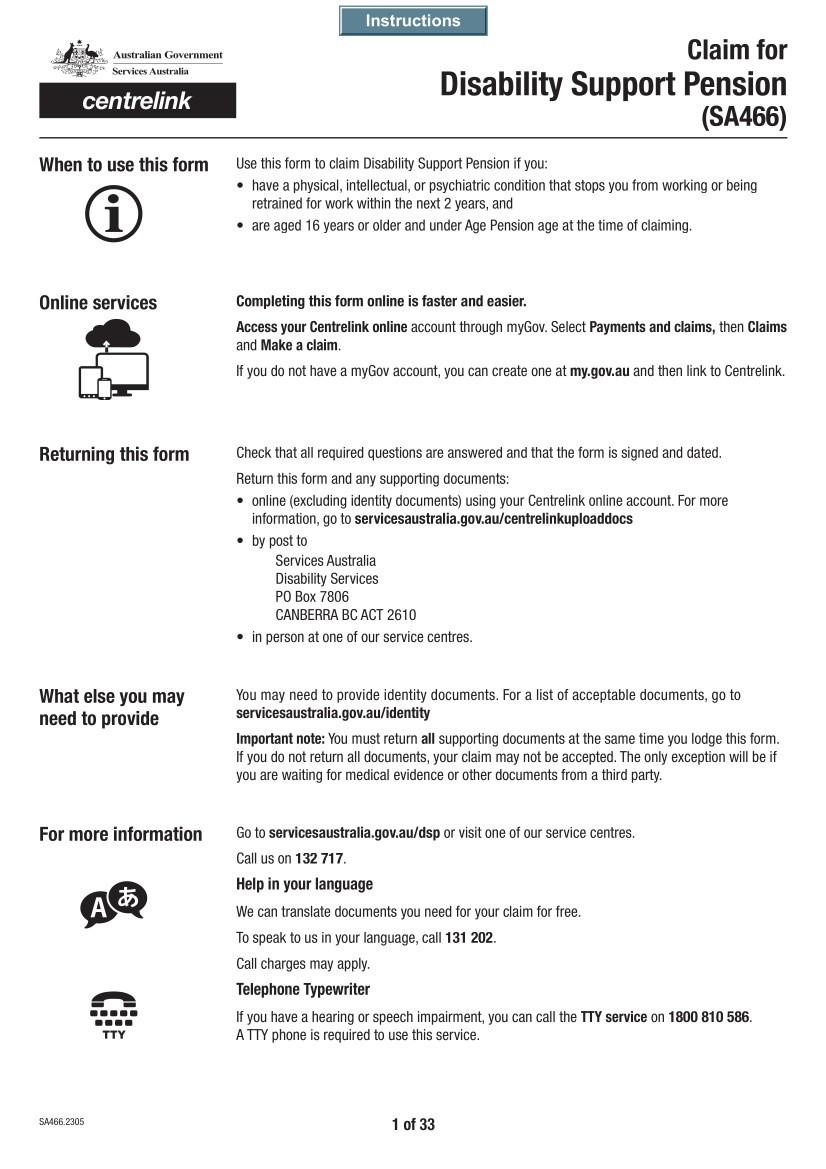



- You need a Centrelink online account linked to myGov. If you have a correspondence nominee, they also need to have their own account to make the claim.
https://www.servicesaustralia.gov.au/how-to-claim-disability-support-pension?context=

– download and submit in person to Centrelink office or post to Services Australia, details are on the front of the form.

- Need to submit supporting medical evidence with DSP application.

Non-Medical Rules: Age Rules

• you must be at least 15 years and 9 months and under Age Pension age (roughly 67 years old) when you claim.
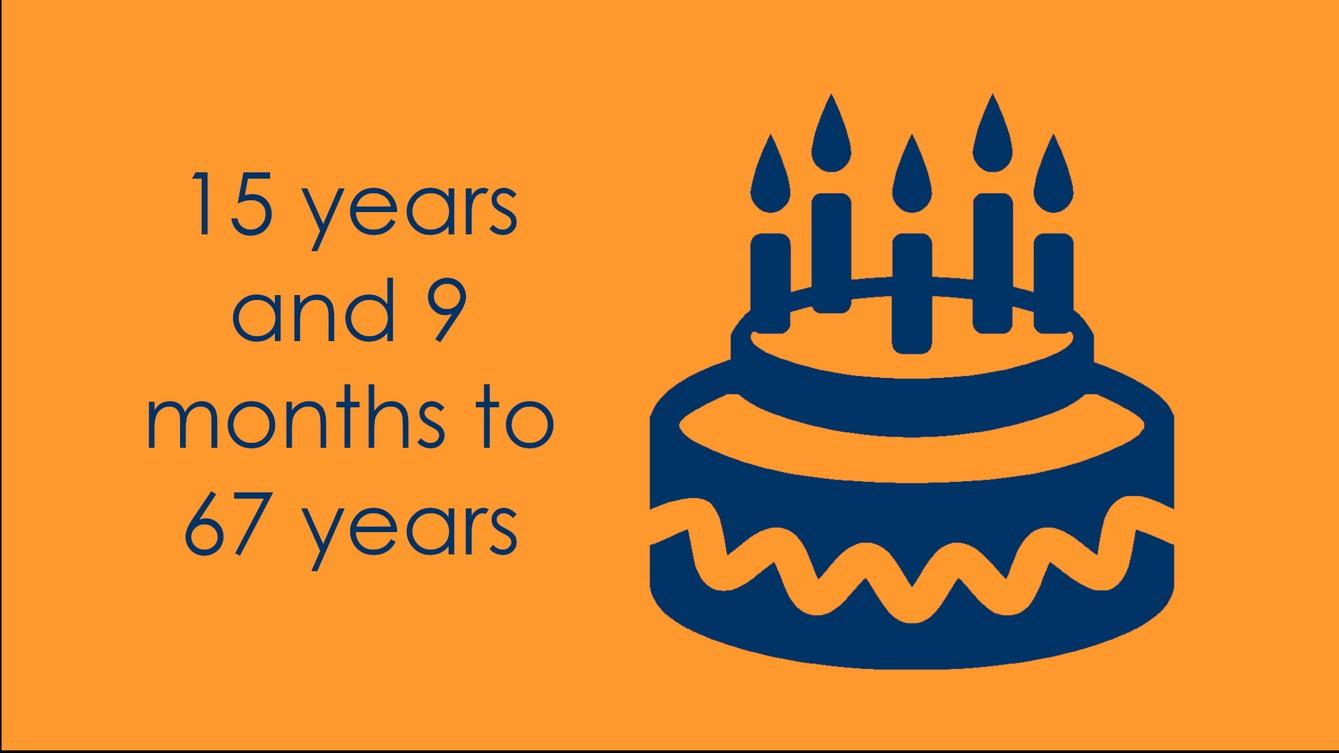


Non-Medical Rules: Residency Rules

• Australian Resident: an Australian citizen or a permanent residence visa holder and living in Australia.
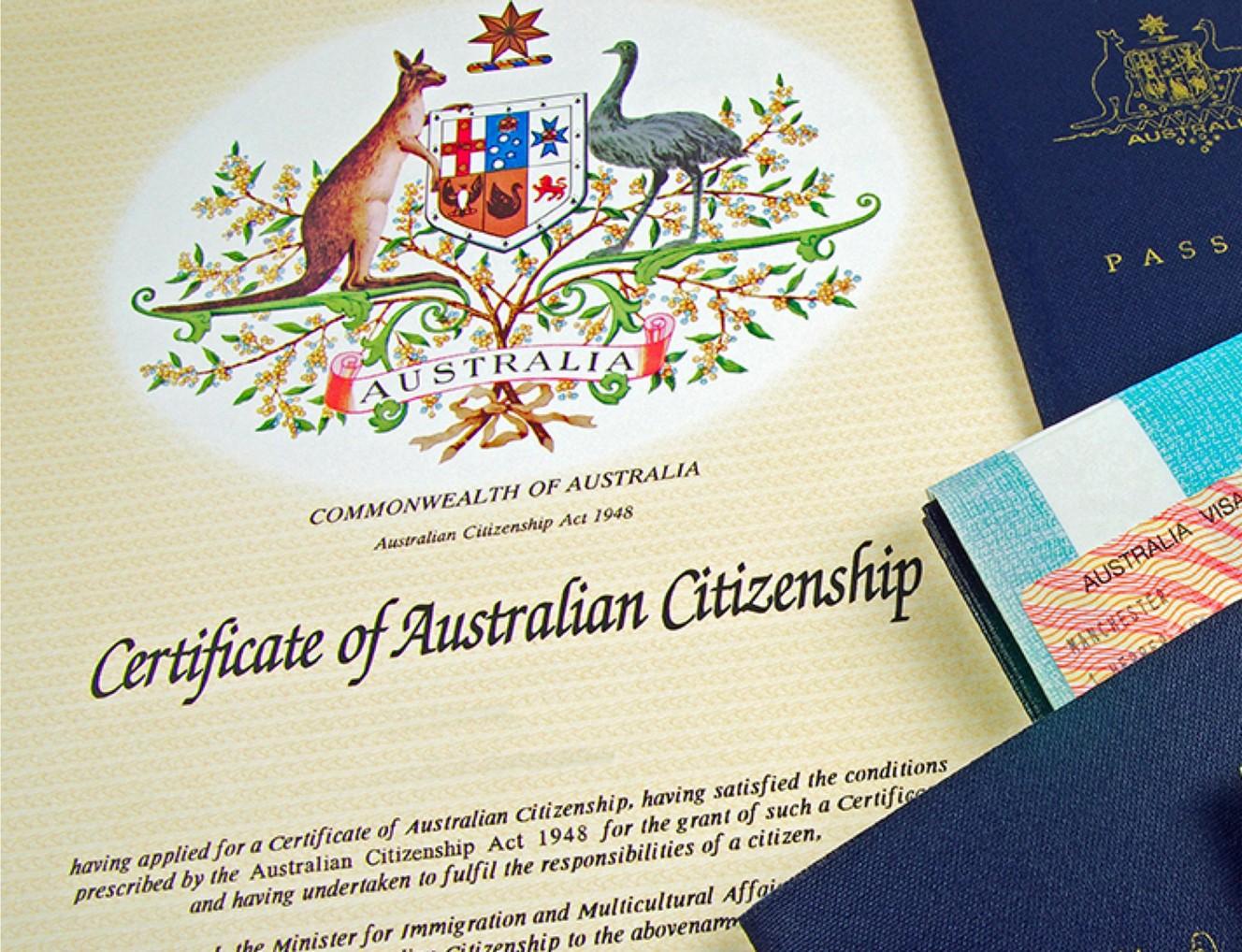

• Lived in Australia for at least 10 years – does not apply if you are a refugee or while you were an Australian resident you became either: unable to work or permanently blind.

Non-Medical Rules: Income and Assets test
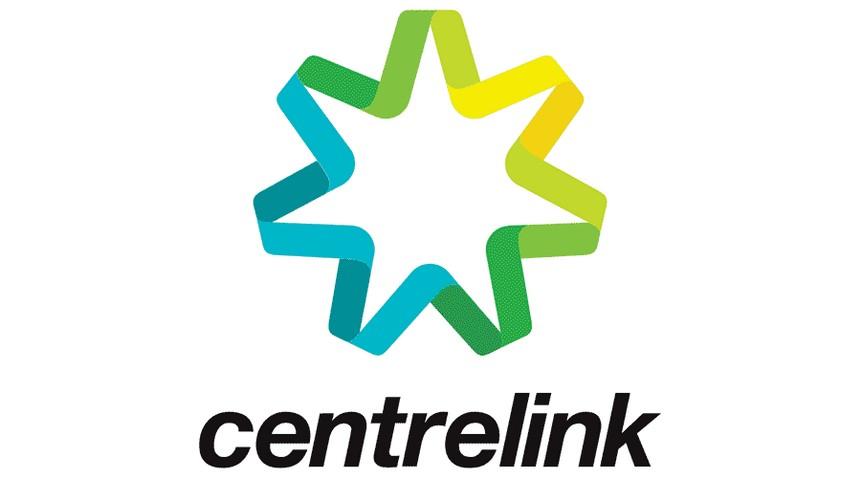

Your income and Assets will affect whether you can get the DSP or affect the rate of DSP payment.
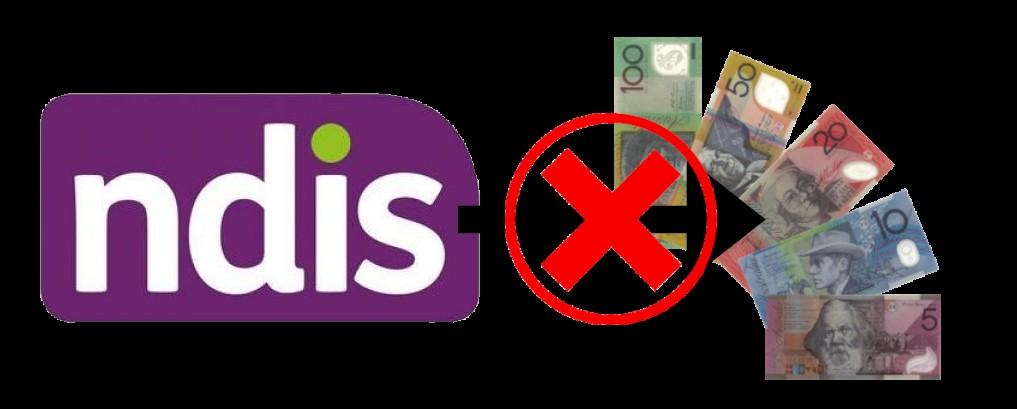


• If you got a large lump sum compensation payment, that can prevent you from applying for the DSP for a few years or more.

Medical Rules: Manifest Medical Rules - Get DSP easily

A condition will meet the manifest medical rules if any of the following apply:
• You are permanently blind
• You need nursing home level of care


• You have a terminal illness with average life expectancy of less than 2 years

• You have an intellectual disability with an IQ of less than 70
• You have category 4 HIV/AIDS
General Medical Rules – New rules from 1st of April 2023



Need medical evidence that medical conditions are:
• Diagnosed – medical conditions diagnosed by GP and confirmed by relevant medical specialist, (different for different medical conditions)

• Reasonably treated – you have tried all reasonable treatments for your medical conditions.


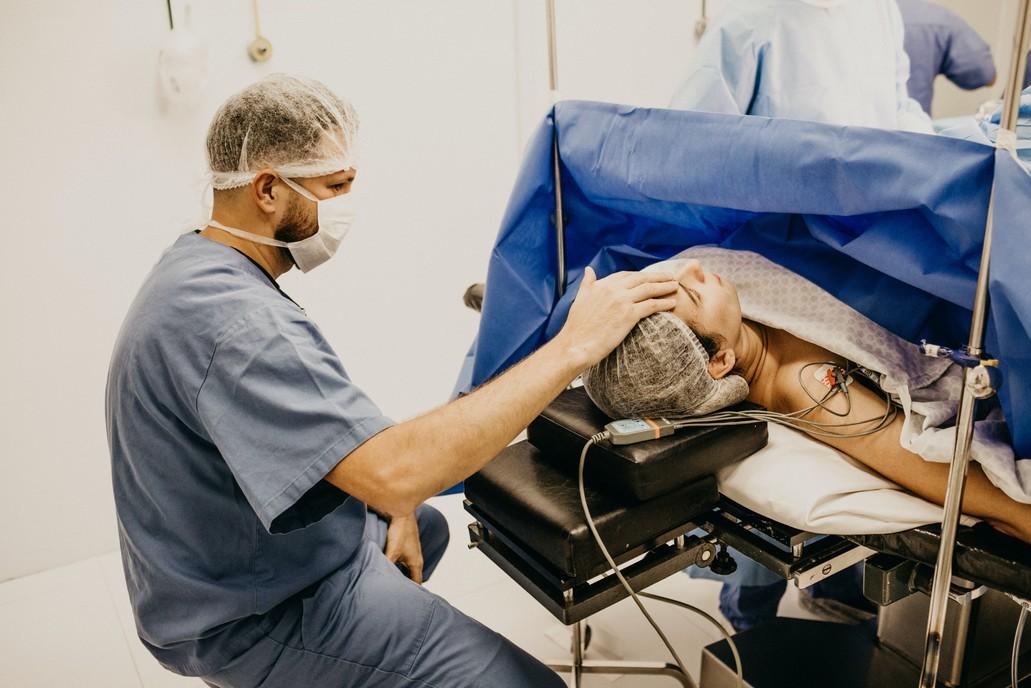




• Stabilised – No further medical treatments available within the next 2 years that can improve medical conditions to point where you can work.


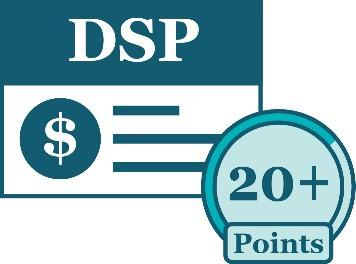



• Severe impairment on impairment tables (discuss further later).
• Capacity to work, study and train is less than 15 hours a week for at least the next 2 years. Revisit later.
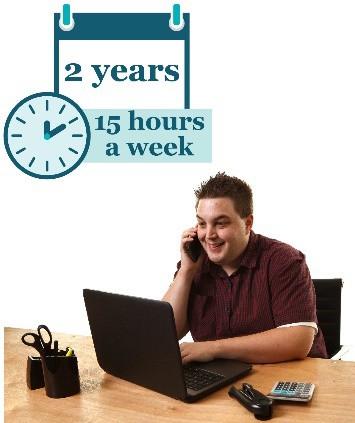
Impairment Rating of 20 Points (during relevant claim period – date of DSP application and ensuing 13 weeks)

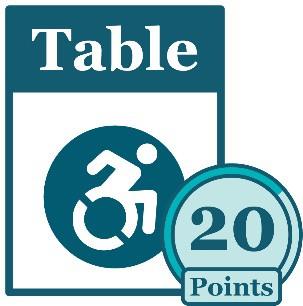



• There are 15 Impairment Tables (New Tables in effect from 1st of April 2023)
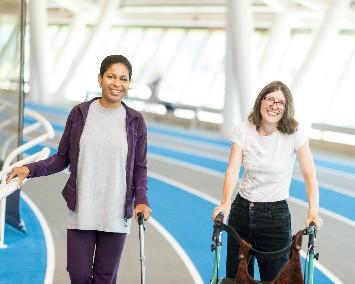


Impairment Table 1 for conditions affecting physical exertion and stamina
E.g. Heart disease, Asthma, Fibromyalgia

Impairment Table 2 for shoulder, arm and hand disorders E.g. Broken hands, Arthritis in arms




Impairment Table 3 for hip, leg, knee and foot disorders E.g. Knee pain

Impairment Table 4 for Neck and Back
issues E.g. Lower back pain
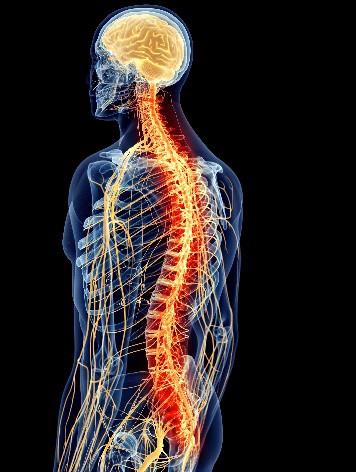

Impairment Table 5 for Mental Health
issues E.g. Major Depression, PTSD
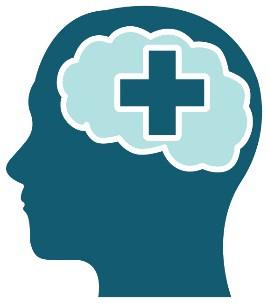


Impairment Table 6 for how drugs or alcohol affect your functioning E.g.
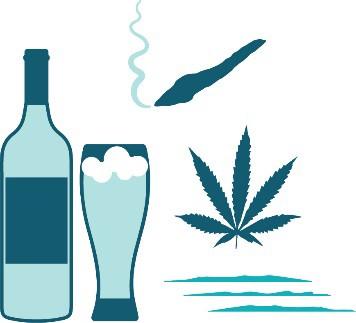
Alcohol addiction


Impairment Table 7 for disabilities that affect your brain, how well you can think, concentrate, remember and make decisions E.g. Migraine
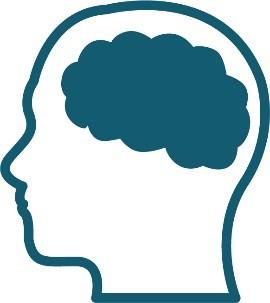

Impairment Table 8 for how your disability affects how you communicate with other people E.g. throat cancer, cerebral palsy
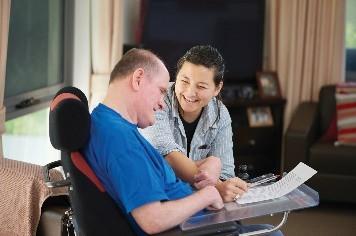

Impairment Table 9 for those who have an intellectual disability E.g. fetal alcohol spectrum disorder, severe autism
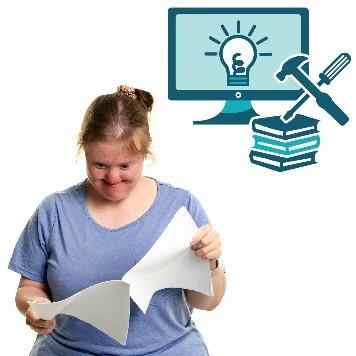


Impairment Table 10 for how your disability affects how you digest food and/or how your disability affects parts of your body for making babies E.g. ovarian cancer and liver disease

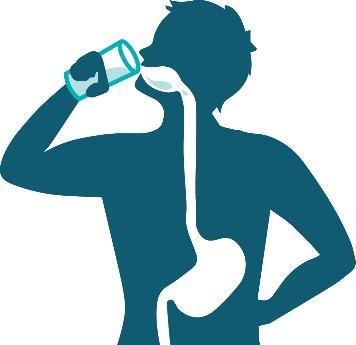


Impairment Table 11 for those who have a hearing impairment E.g. congenital deafness


Impairment Table 12 for visual impairments E.g. Blindness



Impairment Table 13 for how your condition affects how you go to the toilet; urinating and defecating. E.g.
Incontinence


Impairment Table 14 for conditions affecting the skin E.g. melanoma



Impairment Table 15 for conditions that affect consciousness E.g. epilepsy and narcolepsy


• Need impairment rating of 20 points on a single relevant Impairment Table. There are 15 tables for different categories of medical conditions.



• Scenario example, for severe back pain, you need a General Practitioner, Spinal Surgeon and Physiotherapist to comment on the following as per the 20-point criteria in Impairment table 4 Spinal Function;

Does patient have severe difficulty with at least 1 of the following?:


a) Looking upwards to perform any overhead activities


b) Either turning their head, or bending their neck at all, without moving their trunk.




c) Bending forward to hip height.

d) Remaining seated for at least 10 minutes.




OR
• A total of 20 points from across more than one Impairment Table and completed a program of support.
• Program of Support: Done 18 months with a Disability Employment Service Provider during the 3 years leading up to when the DSP application was submitted.
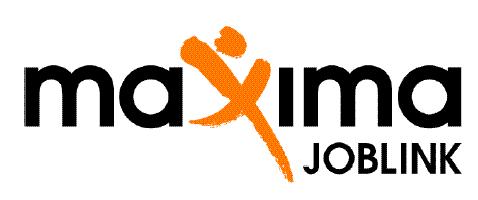



• If got exemption through medical certificate, that exemption time does not count.

FINALLY….
• Your capacity to work, study and participate in a training program is less than 15 hours a week for at least the next 2 years. (during relevant claim period – date of DSP application and ensuing 13 weeks)




Need to meet the criteria during the relevant claim period – date of Disability Support Pension application and ensuing 13 weeks!





13 weeks later

Evidence to support DSP claim from Who?

• Different for different health conditions. It says at the top of the relevant impairment table what evidence is needed from what health professional.

• For the scenario: Severe Back Pain issue, need a GP, Spinal Surgeon and Physiotherapist to address the DSP criteria in letters of support as per Impairment Table 4 Spinal Function:
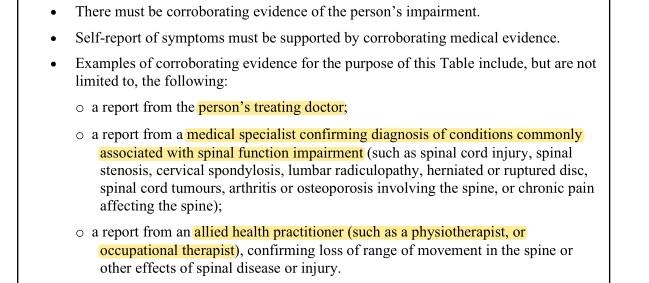

• We provide template letters and impairment tables for clients to give to their health professionals to help them write good letters of support for DSP application.




What happens when you apply for Disability Support Pension and get rejected?
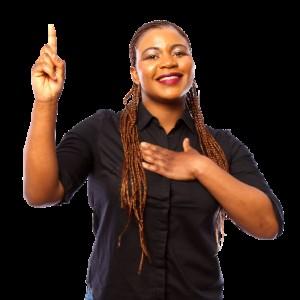
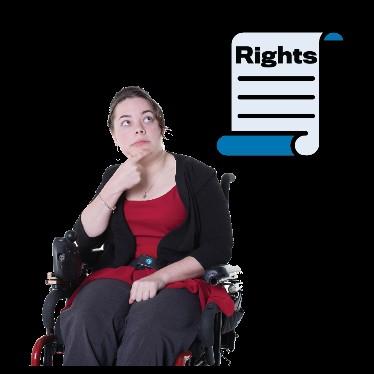


• You have a right to appeal the rejection.

Centrelink Appeals Process
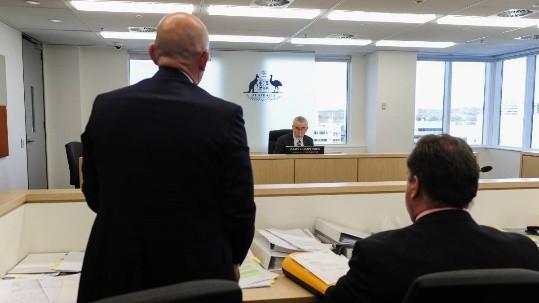
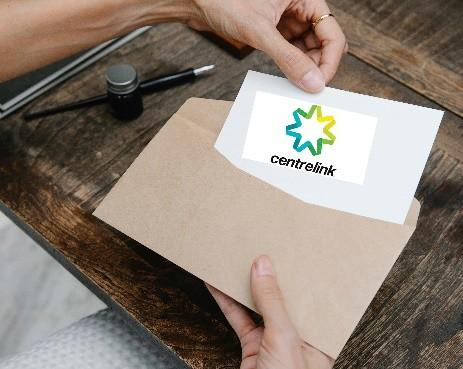
By doing it within 13 weeks, you get back pay to when you first applied if you are successful in getting the DSP.


First application rejection Formal review Administrative Appeals of decision to reject Tribunal (AAT) (13 weeks) (13 weeks)


How we help with appeals?


• Help with formal review of decision application if DSP application rejected.
• If formal review leads to rejection, represent some people at the Administrative Appeals Tribunal (AAT) hearing - depends on strength of case and client’s ability to self-advocate.



